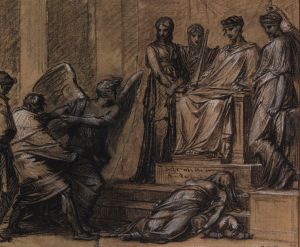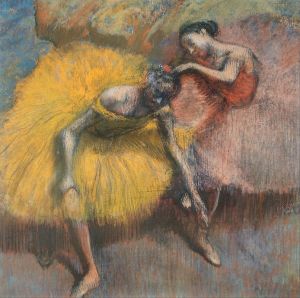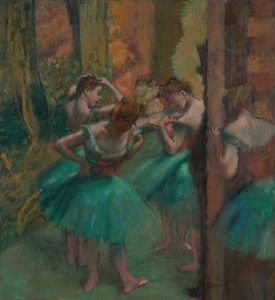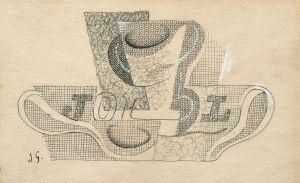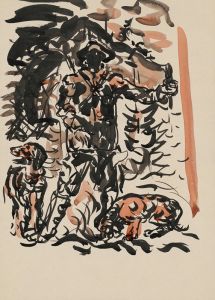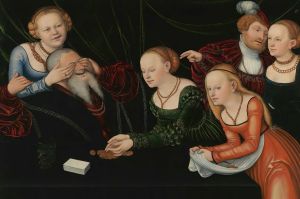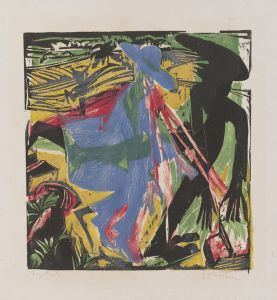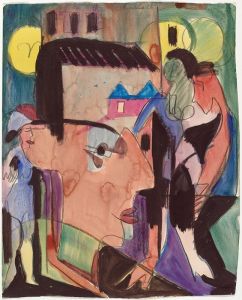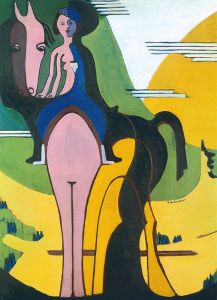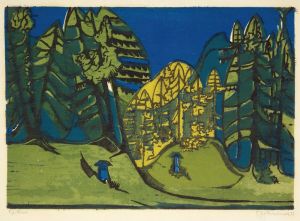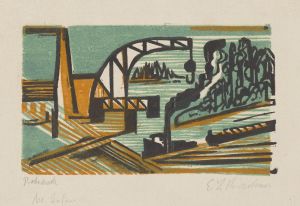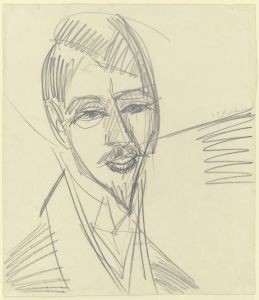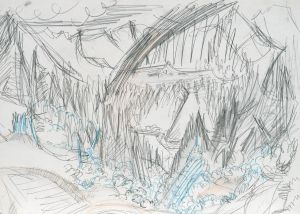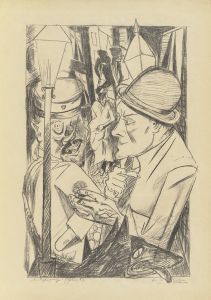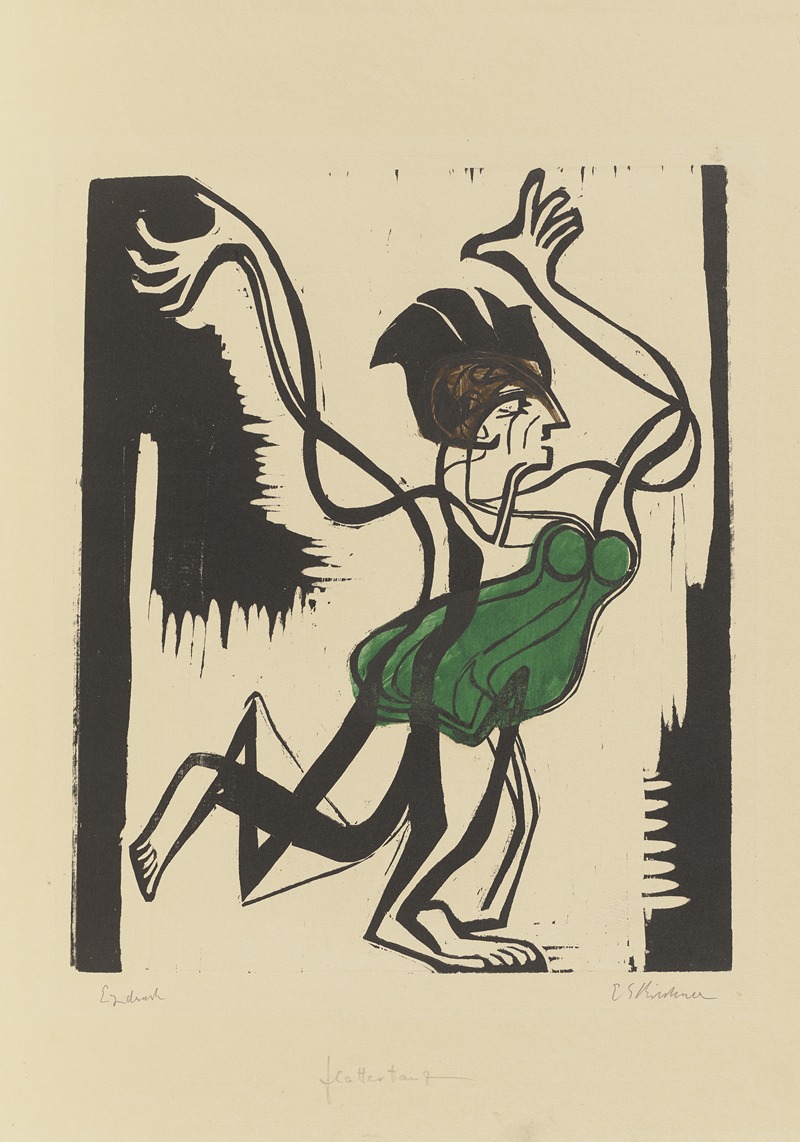
Flattertanz
A hand-painted replica of Ernst Ludwig Kirchner’s masterpiece Flattertanz, meticulously crafted by professional artists to capture the true essence of the original. Each piece is created with museum-quality canvas and rare mineral pigments, carefully painted by experienced artists with delicate brushstrokes and rich, layered colors to perfectly recreate the texture of the original artwork. Unlike machine-printed reproductions, this hand-painted version brings the painting to life, infused with the artist’s emotions and skill in every stroke. Whether for personal collection or home decoration, it instantly elevates the artistic atmosphere of any space.
Ernst Ludwig Kirchner's painting Flattertanz (translated as "Flutter Dance") is a work created by the German Expressionist artist, who was a founding member of the influential art movement Die Brücke (The Bridge). Kirchner, known for his vibrant use of color and dynamic compositions, often explored themes of modern life, urban scenes, and the human figure in motion. Flattertanz reflects his interest in capturing the energy and rhythm of dance, a subject that appeared in several of his works.
The painting depicts a dancer in motion, rendered in Kirchner's characteristic style, which combines bold, angular forms with expressive brushstrokes. The figure's movement is emphasized through the flowing lines of the composition, creating a sense of vitality and spontaneity. Kirchner's use of vivid, contrasting colors further enhances the dynamism of the scene, drawing the viewer's attention to the interplay between the dancer and the surrounding space.
Kirchner was deeply influenced by the cultural and artistic developments of his time, including the rise of modern dance and the exploration of non-Western art forms. His works often reflect an interest in the expressive potential of the human body and the emotional impact of color and form. Flattertanz is an example of how he sought to convey the essence of movement and emotion rather than focusing on realistic representation.
The exact date of Flattertanz's creation is not widely documented, but it is consistent with Kirchner's broader body of work from the early 20th century, particularly during his time with Die Brücke (1905–1913). This period was marked by a rejection of academic traditions and a focus on raw, unfiltered expression. Kirchner and his contemporaries were inspired by the energy of urban life, as well as by the natural world, and they sought to break free from conventional artistic norms.
As with many of Kirchner's works, Flattertanz reflects the artist's innovative approach to composition and his desire to capture the spirit of his era. Today, Kirchner is regarded as one of the most important figures in German Expressionism, and his works are celebrated for their emotional intensity and groundbreaking style.
Further details about the specific provenance or current location of Flattertanz are not readily available in public records.





